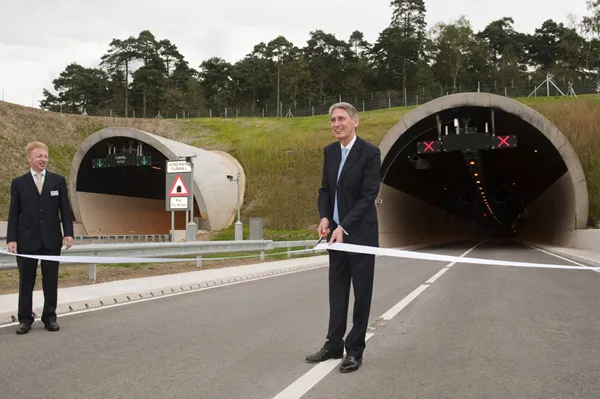Two long distance cyclists, one male and one female, have shown courage in the face of adversity, as well as sheer stubbornness, by riding bicycles from one side of the planet to the other. A New Zealand woman took 20 months to ride her cheap, 18 speed mountain bike from the UK to New Zealand. The journey took her through no less than 22 countries, including some of the world's most dangerous areas. The woman surprised members of the New Zealand Army stationed in Afghanistan when she turned up at their base
February 20, 2012
Read time: 2 mins

Two long distance cyclists, one male and one female, have shown courage in the face of adversity, as well as sheer stubbornness, by riding bicycles from one side of the planet to the other. A New Zealand woman took 20 months to ride her cheap, 18 speed mountain bike from the UK to New Zealand. The journey took her through no less than 22 countries, including some of the world's most dangerous areas. The woman surprised members of the New Zealand Army stationed in Afghanistan when she turned up at their base. She described this as one of the high points of her trip and the astonished soldiers fed her as well as helping service the travel worn bicycle. She has since revealed that she is considering a career in the New Zealand Army. Other notable meals included eating camel, dog and rats, as well as finding food in rubbish bins that had been thrown out by supermarkets. The woman said however she benefited from the help of strangers on many occasions. Some countries did present particular problems for cyclists and she was knocked off her bicycle three times in one day in Java, Indonesia while she found cycling in China difficult due to the large numbers of heavy smokers amongst the population. While in Australia she rode from the most northerly point to the most southerly, and estimated that even before returning home her bicycle had clocked some 50,000km. Meanwhile a British man undertook his journey in the other direction, commencing his trip in Sydney, Australia and ending in UK capital London. The man rode his bicycle, a former Australian postal bike he nicknamed Dorothy, a distance of 37,000km on his journey home. In doing so he rode through 18 countries, including Pakistan, India, East Timor and China. The man crossed the Himalayas three times on his trip and other high points of the journey included being made an honorary member of an Indonesian gang called the BigZoners, sleeping under machine guard in Islamabad and riding through Kazakhstan.







